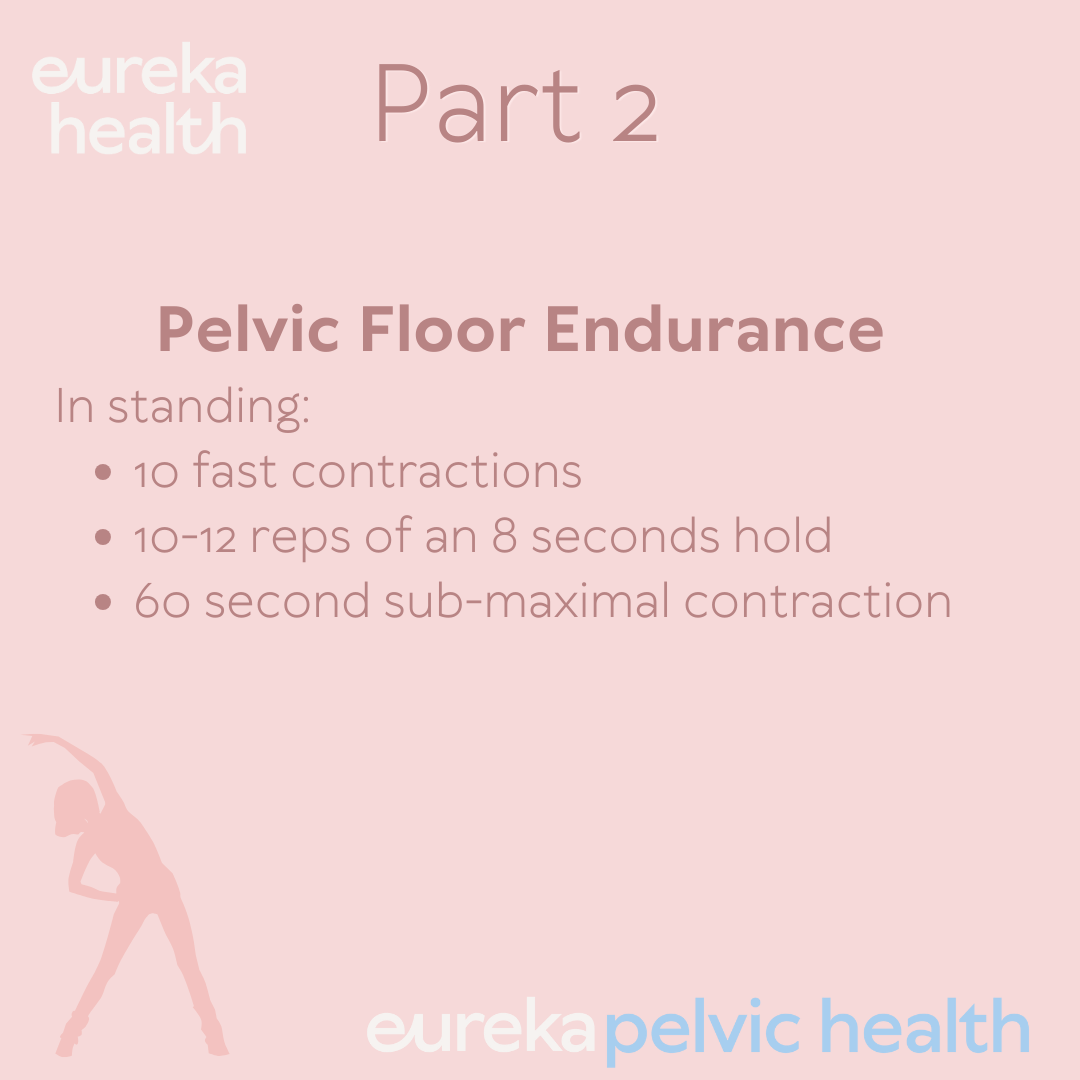Returning to running after having a baby - Postnatal Checklist
Running is a popular form of exercise for many people, and returning to running is often a goal of women after having a baby. It might be something that you loved prior to having a baby and an important part of your life, as well as a great way to get your heart rate up in the fresh air. However, returning to running after childbirth requires careful consideration and planning to ensure a safe and effective transition. Over the years we’ve seen many women race back into running without much thought or preparation. Just like after having a break from any sport or activity, returning with a gradual plan and sufficient strength and control to perform the activity is important for decreasing your injury risk. In this blog, we will discuss the evidence-based guidelines and recommendations for postpartum women returning to running.
What does the evidence say?
In general, the studies that we have recommend waiting at least 12 weeks post birth before returning to running. Returning too early is associated with pelvic floor dysfunction and just like returning to sport after any period off, a higher injury risk. The exact timeframe varies in the research - the ideal timeframe is the one that is individualised to your body, birth and current fitness and strength level.
Anatomically, the pelvic floor muscles form a muscular plate surrounding a central v-shaped ‘levator hiatus’. The levator hiatus widens during pregnancy and increases significantly during vaginal birth. Recovery time for the tissues is understood to be between 4-6 months (Shek et al.2010, Stær-Jensen et al. 2015), well beyond the traditional concept of full recovery by the 6-week postnatal check. Our understanding on allowing time for tissues to heal and strengthen is not only applicable to vaginal births. When we compare caesarean section deliveries, we understand that abdominal muscle tissue and fascia have only regained just over 50% of original tensile strength by 6-weeks post abdominal surgery, and 73%-93% of original tensile strength by 6-7 months (Ceydeli et al.2005).
Guidelines for Returning to Running
The latest Return To Postnatal Running Guidelines suggest waiting until you are at least 3 months postpartum, and then having a thorough assessment that includes the following elements:
Have an individualised pelvic floor assessment - understanding your power, speed, endurance and coordination are all important for assessing your readiness to return to running. (You can book an initial pelvic health assessment here).
Load and impact management assessment - We need your body to be able to absorb force well. These tests might include single leg squats, jogging on the spot, jumping and hopping.
Strength testing In order to ensure key muscle groups are prepared for running. Runners need great single leg strength and power. In particular we will be testing your calf, hamstring, glute and general lower limb single leg strength.
Consideration of other factors that may be relevant to you. This might include weight, age, psychological status, abdominal separation, caesarian scar mobilisation, breastfeeding, supportive bra and footwear and sleep.
If we are able to tick off all of the above, then this is a great indication that you are ready to start a gradual return to running program (eg couch to 5km). It is important to be aware that this is returning to a slow jog, WITHOUT a pram! Adding a pram into the equation is a whole new goal to work towards when you have developed the strength required.
Conclusion
Returning to running after childbirth requires a careful and gradual approach to ensure a safe and effective transition to successfully running pain and injury free. Evidence-based guidelines can help postpartum women make informed decisions about when and how to return to exercise. Women should also consult with their healthcare provider to determine the best approach for their individual circumstances and to address any specific concerns or complications. By taking a cautious and informed approach to returning to running, postpartum women can enjoy the many benefits of exercise while minimising their risk of injury.
References & Resources:
The first few weeks after birth - Royal Australian College of Obstetricians and Gynaecologists
Postnatal Return to Exercise - American College of Obstetricians & Gynaecologists
Ceydeli, A., Rucinski, J. and Wise, L. (2005) Finding the best abdominal closure: an evidence-based review of the literature. Curr Surg 62, pp.220–5.
Shek, K. and Dietz, H. (2010). Intrapartum risk factors for levator trauma. BJOG: An International Journal of Obstetrics & Gynaecology, 117(12), pp.1485-1492.
Stær-Jensen, J., Siafarikas, F., Hilde, G., Benth, J.Š., Bø, K. and Engh, M.E. (2015) Postpartum recovery of levator hiatus and bladder neck mobility in relation to pregnancy. Obstet Gynecol 125, pp.531–539.







